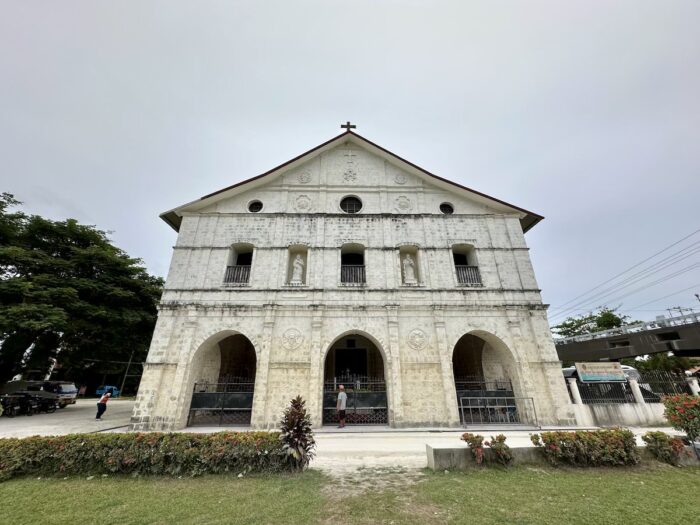Out of Town Blog
Loboc Church: Parroquia de San Pedro Apostol in Bohol
Loboc Church: Saint Peter the Apostle Parish Church
If you want to explore Bohol’s rich cultural heritage and history, visiting the Loboc Church is a must. Located in the town of Loboc in Bohol province, this historic church is one of the country’s oldest and most well-preserved examples of Spanish colonial architecture. The Church is a proud testament to Bohol’s history and culture, having been designated a National Historical Landmark by the National Historical Commission of the Philippines and a National Cultural Treasure by the National Museum of the Philippines.
The Loboc Church, also known as the San Pedro Apostol Parish Church, was originally built in 1602 but was reduced to ashes soon after. The church that stands today was built in 1638 and has survived numerous floods and natural disasters over the centuries. The church’s Baroque-style facade and bell tower are particularly noteworthy, as are the intricate carvings and paintings that adorn the interior. The church is also home to many religious artifacts, including a statue of the Virgin Mary that is said to have miraculous powers.
Historical Background
Loboc Church has a rich history dating back to the Spanish era and has survived many challenges throughout the centuries.
Founding
The Jesuit priests Fr. Gabriel Sanchez and Fr. Juan de Torres, arrived in Baclayon, Bohol on November 17, 1596. Barely six months later, Fr. Juan de Torres entered the Loboc River. The church was established in 1602 but was reduced to ashes soon after. A stronger one was constructed in 1638, which still stands today.
Spanish Era
During the Spanish Era, the church served as a center for evangelization and education. It was also a refuge for the locals during pirate attacks. In 1998, Loboc Church was declared a National Historical Landmark by the National Historical Institute, now the National Historical Commission of the Philippines.
World War II Impact
The church was heavily damaged during World War II but was eventually restored. The National Museum of the Philippines listed it as a National Cultural Treasure in 2001. The church’s architecture combines Baroque and Renaissance styles, featuring intricate details such as angels and gargoyles.
Architectural Design
The Loboc Church is a fine example of the Jesuit colonial architecture of the 18th century. The church has undergone several renovations and improvements over the…
Click Here to Read the Full Original Article at Out of Town Blog…
